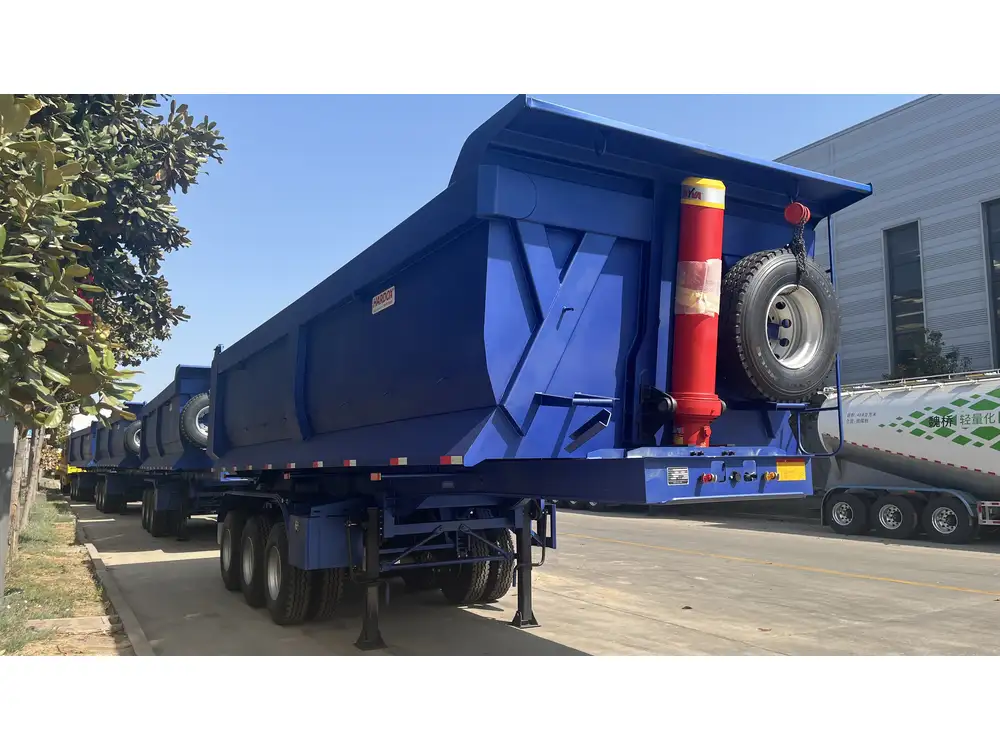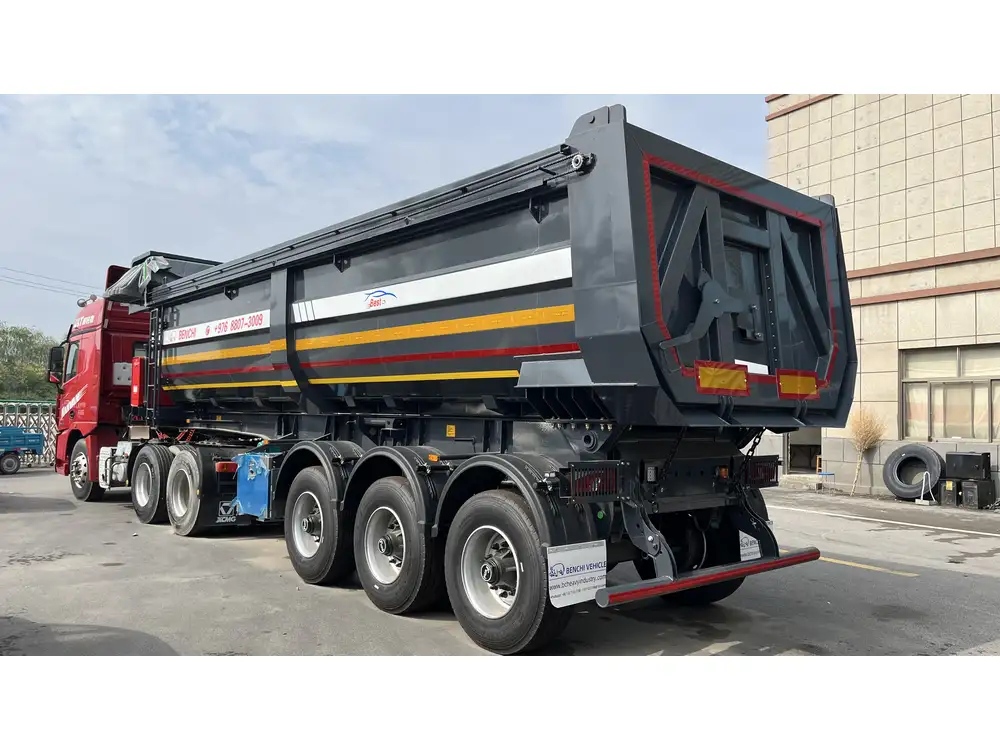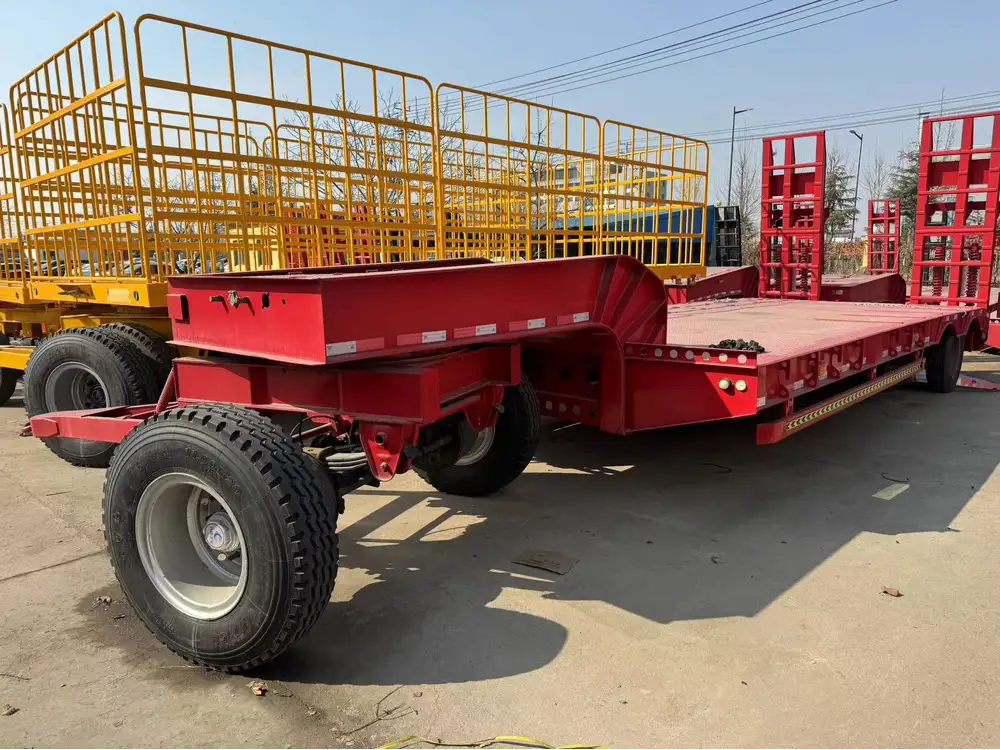When venturing into the world of mobile food service, a compelling question arises: where to put your shipping container food trailer? This decision impacts not only the success of the business but also compliance with local regulations, operational efficiency, and customer satisfaction. This comprehensive guide will dissect this important topic, providing insights, analyses, and practical solutions for food entrepreneurs.
Understanding the Basics of Shipping Container Food Trailers
Before diving into the best locations for your shipping container food trailer, let’s clarify what these trailers actually are. Shipping container food trailers are repurposed units that serve as mobile kitchens. They offer a unique blend of functionality and aesthetic appeal, making them an increasingly popular choice for food entrepreneurs.
Key Features of Shipping Container Food Trailers
| Feature | Description |
|---|---|
| Durability | Built from steel, resistant to harsh weather conditions. |
| Mobility | Easily transported to various locations. |
| Customizability | Sizable space can be modified to fit various kitchen equipment. |
| Cost Efficiency | Typically lower overhead costs compared to traditional restaurants. |
These characteristics make shipping container food trailers a versatile option for aspiring food service providers, but they necessitate careful consideration of size, layout, and placement.

Factors to Consider for Placement
1. Local Regulations and Zoning Laws
Before securing a spot for your trailer, it is paramount to investigate local zoning regulations. Different areas have distinct rules affecting where food trailers can be parked. Common considerations include:
- Permitted Locations: Some municipalities restrict trailer placement to certain zones, such as commercial or industrial areas.
- Size Restrictions: Check local ordinances governing the size and number of trailers allowed on a property.
- Health Codes: Adhering to health department guidelines ensures compliance and protects your customers.
2. Target Market and Customer Accessibility
An effective placement strategy hinges upon understanding your target market.
- High Foot Traffic Areas: Look for locations bustling with pedestrians, such as downtown areas, parks, or near events and festivals.
- Accessibility: Ensure that customers can easily access your food trailer; consider proximity to residential areas, schools, and office districts.
- Visibility: Select a location that is visible from busy streets, utilizing signage to attract attention.

3. Competitive Landscape
Examine the food landscape in your desired area:
- Identify Competitors: Assess nearby food businesses and trailers to gauge saturation. A unique food offering could carve out a niche in a competitive space.
- Strategic Positioning: Place your trailer in proximity to a competitor while offering something different—to entice customers seeking variety while leveraging their existing foot traffic.
Optimal Locations for Your Shipping Container Food Trailer
To aid your decision-making process, we have compiled a list of potential locations with distinct advantages.
A. Urban Environments
In bustling cities, the dynamic atmosphere creates ample opportunities for food trailers.
- Food Markets: Partner with established food markets or festivals where your trailer can draw in crowds.
- Business Districts: Position your trailer near office buildings to attract lunch crowds and busy workers.
- Music Festivals and Events: These vibrant gatherings often require food vendors and present abundant exposure opportunities.

B. Suburban Areas
Suburban locations may offer untapped markets with less competition.
- Community Parks: Families congregate in parks; setting up near playgrounds or sports fields can maximize traffic.
- School Zones: Offer lunch services or after-hours snacks to students and parents.
- Neighborhood Events: Participate in local fairs or farmers’ markets to enhance brand visibility.
C. Rural Locations
Even in less populated areas, strategic placement can yield significant results:
- Highway Rest Stops: Capture travelers and truck drivers looking for quick, delicious meals.
- Tourist Attractions: Set up near popular spots to cater to tourists seeking convenient and tasty options.
- Local Route Stops: Identify frequently traveled routes by delivery drivers or commuting residents.
Analyzing Trade-Offs: Pros and Cons of Each Location
The following table illustrates the advantages and disadvantages associated with different potential locations:
| Location | Pros | Cons |
|---|---|---|
| Urban | High foot traffic, diverse customer base | Higher competition and costs |
| Suburban | Growing markets with less competition | May have lower foot traffic than urban areas |
| Rural | Unique opportunities, targeted clientele | Limited customer base and visibility |

Tips for Maximizing Effectiveness
- Do Your Homework: Research your ideal locations to find the most lucrative options based on customer preferences and traffic patterns.
- Trial and Error: Consider trial setups in varied locations to analyze customer interests and adjust strategies accordingly.
Designing Your Shipping Container Food Trailer Layout for the Chosen Location
Having decided on a placement for your food trailer, the next step revolves around optimizing the layout to enhance efficiency and customer experience.
1. Kitchen Efficiency
Design the internal kitchen space to facilitate swift service.
- Equipment Placement: Ensure that equipment (grills, fryers, refrigerators) is arranged logically for an uninterrupted workflow.
- Storage Solutions: Maximize vertical space for ingredient storage while maintaining accessibility.
- Clear Access Routes: Customers should have easy access to order and pick up their food without hindering kitchen operations.

2. Customer Interaction Area
The area outside your container must be inviting and functional.
- Serving Windows: Position serving windows at a height comfortable for customers to easily interact with staff.
- Menu Visibility: Use large, legible signs to display menu items and prices.
- Seating Arrangements: If space permits, consider adding outdoor seating to encourage customers to linger and enjoy their meals.
Enhancing Visibility and Attractiveness of Your Trailer
Once the trailer is placed and equipped, the next piece of the puzzle involves maximizing visibility to draw customers.
1. Creative Branding
- Unique Design: Standing out requires a memorable design or artwork on the trailer, perhaps reflecting the cuisine served.
- Signage: Large, clear, and colorful signs on and around the trailer will entice passersby to stop and explore the menu.

2. Digital Presence
- Social Media Promotion: Leverage platforms like Instagram and Facebook for real-time updates, sharing photos of food, and alerting customers to your location.
- Geotargeted Ads: Consider digital advertising that targets individuals near your trailer’s location.
Addressing Potential Challenges in Operations
Launching a shipping container food trailer may pose several challenges:
1. Weather Conditions
Inclement weather can deter customers and affect your operations.
- Sheltering Options: Consider side awnings or canopies that provide shade or, conversely, cover from rain.
- Heating/Cooling Equipment: Ensure your food trailer is adequately stocked with heating elements for colder months or cooling units for summer.

2. Maintenance and Security
- Regular Maintenance: Ensure the food trailer is clean and equipment is functional to comply with health standards.
- Security Measures: Using GPS tracking, security cameras, and locking systems will safeguard your investment.
3. Customer Feedback Loop
Engage with customers to gather feedback on location and service.
- Surveys: Use digital platforms to solicit opinions on menu items or potential areas for improvement.
- In-Person Interactions: Listen to customer comments at the trailer to better understand their needs and preferences.
Conclusion: Maximizing the Success of Your Shipping Container Food Trailer
Finding the perfect location for your shipping container food trailer is a multifaceted process that combines strategic placement with consideration of market dynamics, competition, and customer engagement strategies. By understanding the critical factors of placement, zoning regulations, and customer accessibility, you can position your food trailer in a way that maximizes exposure and profitability.
The careful analysis of each possible location—urban, suburban, or rural—paired with a proactive approach to design, marketing, and operations will ensure that your shipping container food trailer becomes a thriving venture. Embrace creativity in branding, establish an online presence, and prioritize customer experience to achieve lasting success in the mobile food service landscape.
Ultimately, your food trailer’s location is more than just a point on a map; it is a critical factor that contributes to your overall success. By utilizing the insights provided, you can make informed decisions that elevate your business in this vibrant industry.



